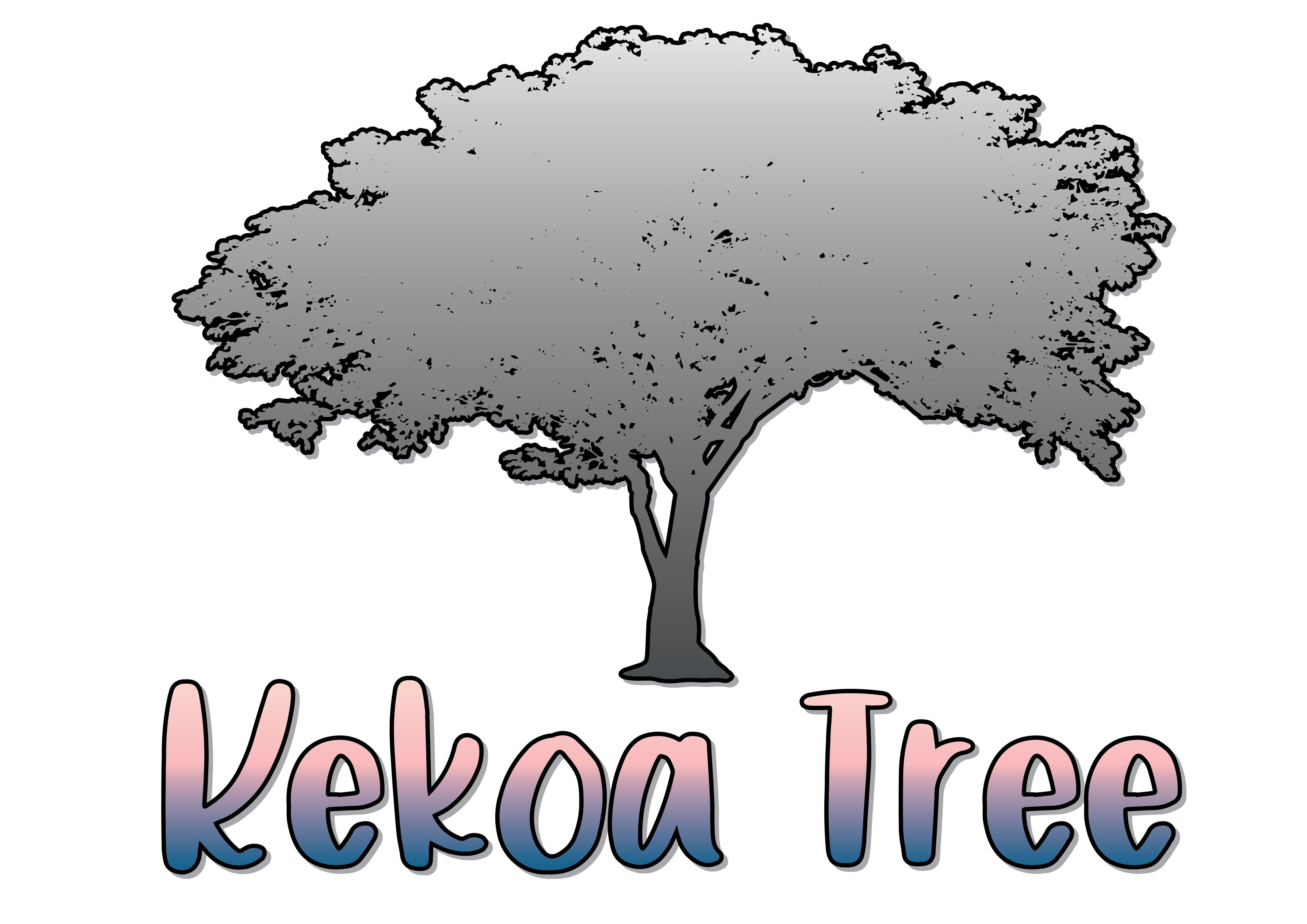
Dyslexia is neurological. The brain of a person with dyslexia processes written and spoken information differently. More often referred to as ‘Specific Learning Disability’ as opposed to Dyslexia the factors remain consistent despite the labels having changed.

Some of the indicators of a reading disability are the following:
- Difficulty remembering letters and sounds.
- Was a late talker and/or has language delay.
- Difficulty with listening – following instructions and directions.
- Forgetful.
- Difficulty sequencing (i.e., days of week, saying the alphabet).
- Naming of objects, word-finding difficulties.
- Difficulties spelling.
- Difficulties with directions (i.e., left/right, top/bottom)
- Family history of reading disabilities.
- Strengths in creativity and imagination.
For a thorough literacy evaluation or screening test, contact one of our Speech-Language Pathologists. An intake review and screening process will help identify the nature and cause of the difficulty whether it be listening and processing, literacy and/or language skills. We can help.
Early intervention is critical in order to close the gap or prevent a larger gap which will directly affect academic success. Research shows that by the time a child reaches grade 2-3 and is significantly behind in reading and language, it will take a minimum of 2 years of intense intervention to close the gap and reach grade level.



Though Dyslexia is perhaps the more commonly known term for reading difficulties, there are a number of other related disorders affecting numeracy – Dyscalculia, writing skills – Dysgraphia and speech/language production and fluency – Dyspraxia.
